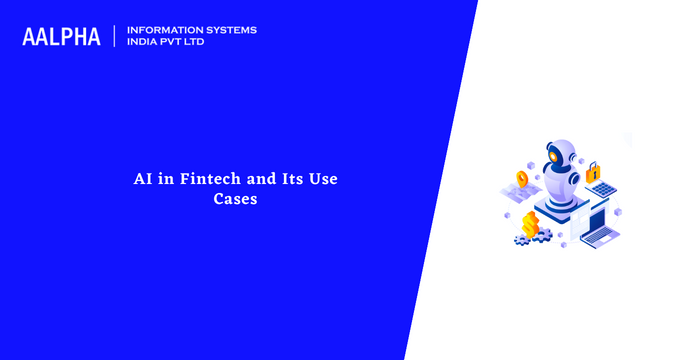If you are developing and launching an online product, you will come across the idea of web application architecture sooner or later. Software developers use this word to refer to the high-level structure of a digital product, which includes data storage and server operating details.
Your product’s dependability, performance, and security are all determined by the quality of your web infrastructure. We will explain the most common kinds of contemporary web application architecture, their components, and how to maximize your work on them in this post.
What Is the Definition of Web Application Architecture?
Web application architecture is a subset of software architecture that refers to the procedures involved with browser-based applications. That is why mobile applications and IoT programs require a different kind of digital architecture.
The architecture of a web application is composed of a collection of components and a description of their logic interaction. It shapes the future design of your product, its IT infrastructure, user experience, and software modules (web architecture design), as well as the marketing and monetization of your future online application. The first step in developing your product is to work on it.
What Is the Importance of Web Architecture?
It is essential to understand that web application design is the first stage in software development. So, what does digital product architecture mean?
Firstly, the web architecture is the bedrock upon which all other production elements are constructed. Building on this solid basis will save time and money in the future product development process. Simplifying, scaling, or creating components in a particular programming language will be delayed if this critical step is missed.
The second is that high-level web architecture is notoriously difficult to change or modify. To make such a significant change, you usually must start from scratch. Your Node.js, Python, or Java web application architecture may change, causing delays in delivery and a loss of funds.
Third, bad architectural decisions during web application development may increase maintenance costs.
Software architecture vs. software design
The architecture of your website is the outcome of the initial step of product development. The papers that define such an architecture go into depth on the system’s high-level components and connections. Within the context of web application development, digital architecture work includes defining a pertinent pattern and other critical features of the system’s components (for example, deciding in favor of NoSQL or SQL).
After web application design patterns are established, software design is addressed in the latter stages of product development (at the code level). Software design is the process of creating direct code for the components of a web application’s architecture and assembling software modules and classes.
Web Application Architecture Components
In web application design, application components are the most important but not the only factor. The database and middleware system design process also includes data interaction. To be sure, your system’s components determine the final product’s functioning and the quality of the web application’s user experience.
UI/UX components are used in modern web application architecture. The initial set of components is developed in Java,.Net, NodeJS, or Python. Designers create UI and UX. Moreover, a functional web application interface is frequently developed from their design layouts.
UX (user interface) components include notification and input buttons, navigational elements, admin and other dashboards, design layouts, activity tracking tools, and more.
The Layers of a Web Application’s Architecture
Components of the web architecture are used to configure the system as its whole without defining its tiers. And web application architecture layers are concerned with the vertical structure of your future system. It is the layer diagram that explains how many of them you need and how they are linked and gives you a sense of the product’s complexity.
Understanding the logic of layers allows you to estimate the cost of developing a web application more accurately.
- A layer of presentation (PL)
This layer oversees collecting input data, processing it, and finally presenting the server’s output in the client browser. The presentation layer encompasses the whole user interface. Moreover, it encompasses all user interface elements as well as potential interactions between the user and the web page.
- A layer of business logic (BLL)
Regardless matter whether you select a monolithic or microservice architecture, your web application has specific characteristics. To make them accessible to the user, you must include them as functions in your system’s business logic layer. These features include logging in, online ordering, chatting, and other kinds of interaction with the page’s content.
- A layer of data access (DAL)
This layer is also included in the construction of conventional web architecture. Moreover, it serves as a gateway to the data that you save in the server’s memory. This layer enables you to access and modify your data, including generating, reading, updating, and removing stored data (CRUD).
Final Thoughts
Working on the architecture of your web application is a critical step in creating your digital product. Mistakes committed during this stage may be very costly: they can result in a substantial delay in the web application’s release date and budget losses associated with redesigning system components.
Also check: eCommerce architecture




Share This Article:
Written by:
Muzammil K
Muzammil K is the Marketing Manager at Aalpha Information Systems, where he leads marketing efforts to drive business growth. With a passion for marketing strategy and a commitment to results, he's dedicated to helping the company succeed in the ever-changing digital landscape.
Muzammil K is the Marketing Manager at Aalpha Information Systems, where he leads marketing efforts to drive business growth. With a passion for marketing strategy and a commitment to results, he's dedicated to helping the company succeed in the ever-changing digital landscape.